Dynamite® Crape Myrtle Tree
Description
About the Dynamite® Crape Myrtle
The Dynamite® Crape Myrtle (Lagerstroemia indica ‘Whit II’) is an outstanding ornamental shrub or small tree known for its showy, ruffled, fiery red summer flowers. This variety produces the brightest red blooms of all Crape Myrtles, creating a spectacular display that lasts from summer through fall. The tree’s vibrant orange-red fall foliage and smooth, peeling bark add year-round interest, making it a standout in any landscape. With its moderate growth rate and mature size of 15 to 20 feet tall and 10 to 15 feet wide, the Dynamite® Crape Myrtle is perfect as a specimen plant or for mass planting to create an explosion of color.
How to the Grow Dynamite® Crape Myrtle
The Dynamite® Crape Myrtle thrives in full sun and is highly adaptable to various soil types. For optimal growth, water deeply when the soil is dry, especially during the establishment phase. Once established, this tree is drought-tolerant and requires minimal maintenance, making it a beautiful and low-maintenance addition to any garden. Its resistance to pests and diseases ensures a hassle-free gardening experience. Ideal for USDA zones 6-10, the Dynamite® Crape Myrtle can withstand temperatures down to 0 degrees, making it one of the hardiest Crape Myrtles available.
This tree’s fast growth rate and brilliant, cherry-red blooms make it a popular choice for both home gardens and commercial landscapes. Whether used as a striking focal point, a colorful privacy hedge, or planted in masse for dramatic impact, the Dynamite® Crape Myrtle offers unparalleled beauty and ease of care.
Characteristics
| Bloom Color | Red |
| Hardiness Zone Range | 6 - 9 |
| Shade/Sun | Full Sun |
| Soil Composition | Loamy |
| Soil Moisture | Well Drained - Average Moistness |
| Soil pH Level | 5.5 - 6.5 |
Zone Compatibility
Tools & Supplies
Planting & Care
Learn all about how to grow flowering trees in The Growing Guide. An entire section of our website dedicated to your growing success.
Questions & Answers
Our tree is a single trunk and arrived over two feet tall after planting. It bloomed all summer and had beautiful fall color.
My tree arrived last August and was not dormant. From what I have read, it will come out of dormancy in late spring.
Currently our trees and plants are in dormant state but some may be wakening up and so it can vary depending on time of the year.
When your tree matures, it will be approximately 20 - 25' tall x 10 - 20' wide.
Pruning crape myrtles in (Zone 8) should be done with care to enhance their natural form, promote flowering, and maintain health. Here’s the proper method:
When to Prune
Late Winter to Early Spring (January–March): Best time to prune before new growth starts. Avoid pruning too early in case of unexpected cold snaps.
Avoid Summer and Fall Pruning: Pruning too late in the season can encourage tender new growth that may be damaged by winter cold.
How to Prune Crape Myrtle Properly
Remove Suckers & Small Branches:
Cut off any growth from the base (suckers) and remove small branches growing from the lower trunk.
Maintain a tree-like shape with strong central trunks.
Eliminate Crossed or Crowded Branches:
Identify and remove branches that rub against each other to improve airflow and reduce disease risk.
Trim Dead or Diseased Wood:
Cut back any dead, broken, or diseased branches to the nearest healthy joint.
Thin the Canopy:
Selectively remove small interior branches to increase sunlight penetration and airflow.
Lightly Shape the Tree:
Avoid excessive cutting; trim only to maintain the tree’s natural vase-like shape.
Encourage Blooms (Optional):
If needed, lightly tip-prune old seed heads (spent flowers) to encourage a second bloom in summer.
Avoid cutting back to large knuckles, as this leads to weak, spindly growth (known as "crape murder").
What to Avoid
🚫 Never top the tree! Cutting back large limbs to stubs creates unattractive, weak growth.
🚫 Don't over-prune. Crape myrtles thrive with minimal shaping and can be left unpruned except for removing dead wood.
🚫 No shearing or excessive trimming. This weakens the plant and reduces flowering potential.

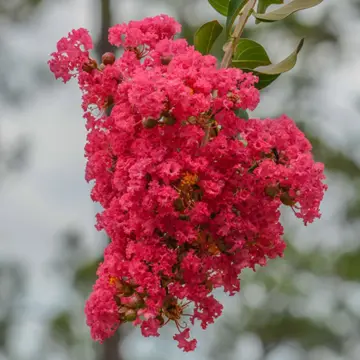
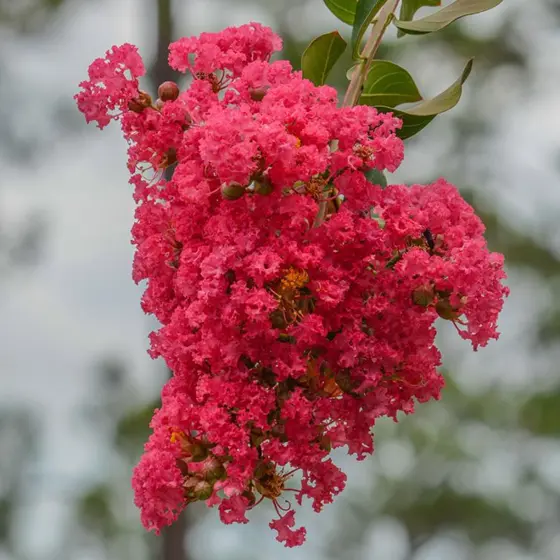
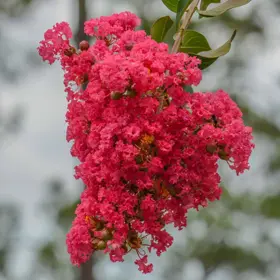
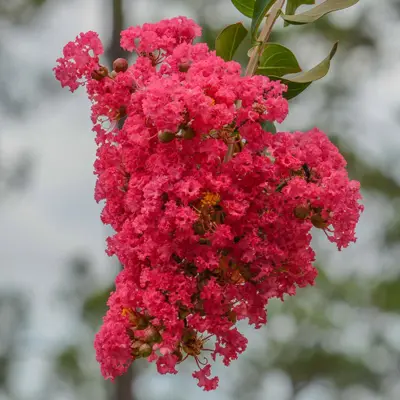
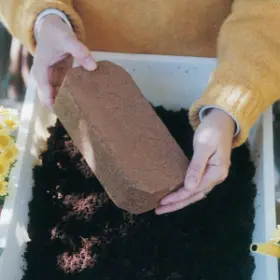

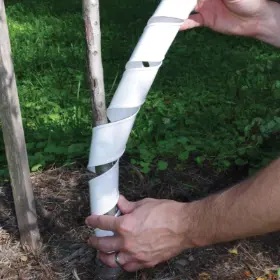
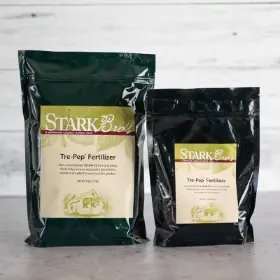
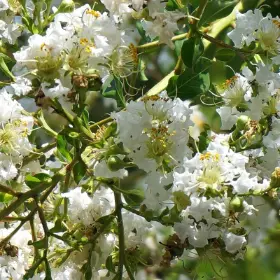

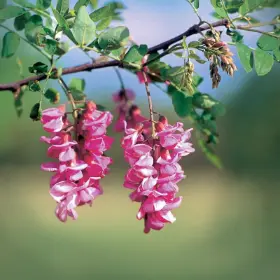
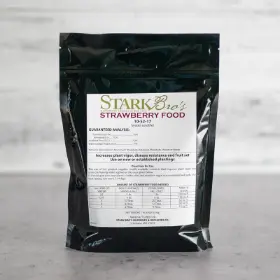
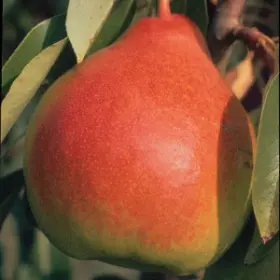
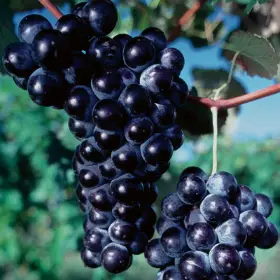
Pretty
The color looks right, and for a memorial
It is a beautiful color